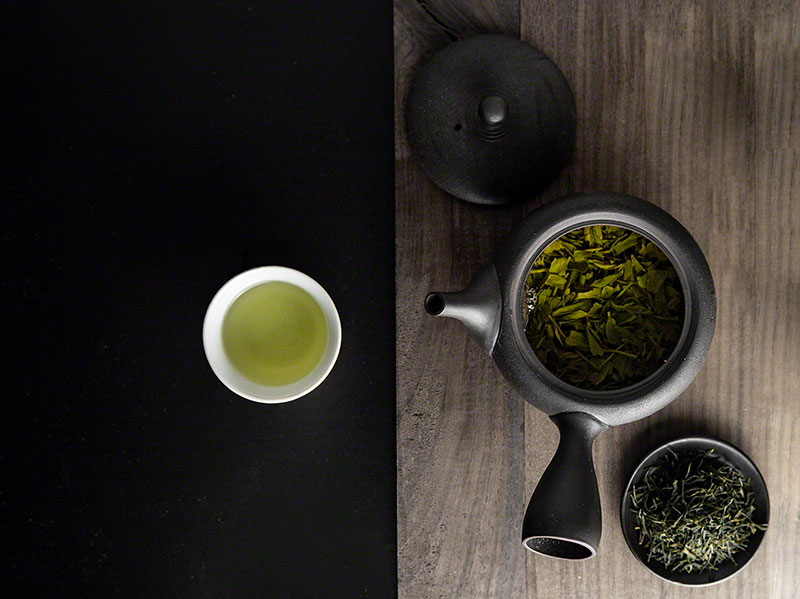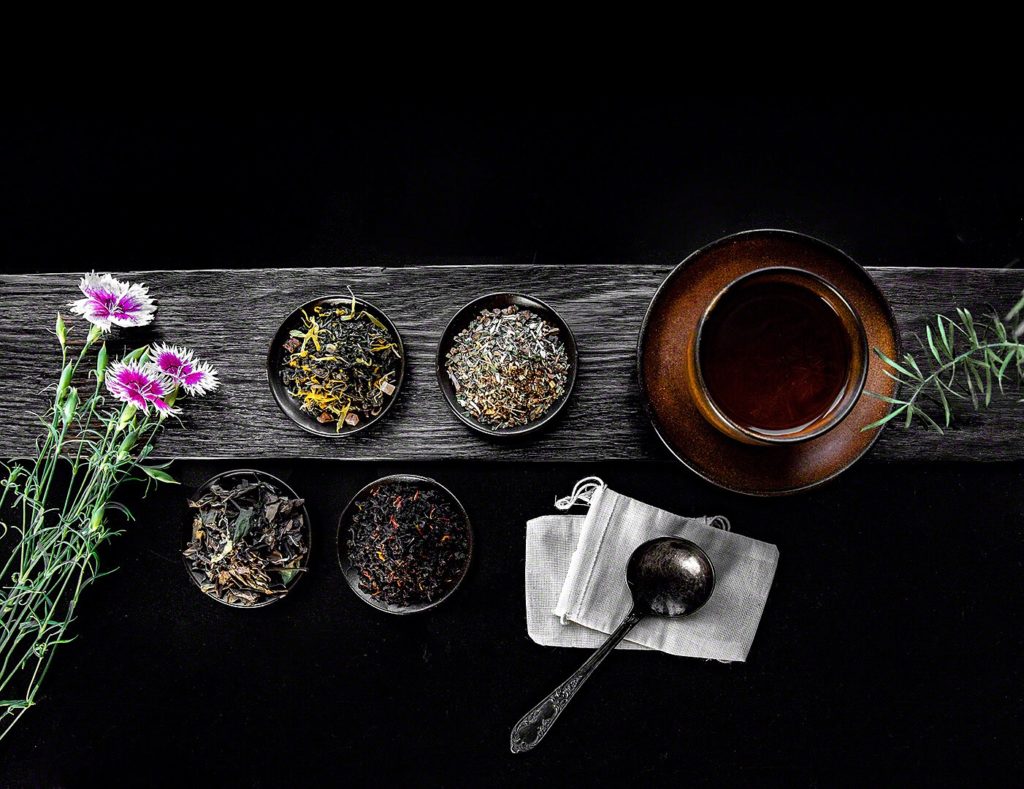How to Steep Loose Leaf Tea – Mistakes To Avoid
Proper brewing makes a good tea stand out. Although pouring hot water over loose leaf tea sounds very easy, there are a lot of things you should pay attention to when brewing your tea, if you want it to taste delicious. Becoming a tea master is a matter or time and practice and not something you can learn from books. We highly recommend experimenting with all tea types. If you have recently discovered loose leaf tea, this article should give you an overview of the basic brewing mistakes to avoid, teach you how to steep loose leaf tea and get you ready for experimenting.
1. Use a proper teaware
Using appropriate teaware or utensils is important if you want to make a perfect cup of tea. With so many options on the market, choosing the best one might seem difficult. In reality, you only need a few basic utensils.
Utensils for brewing tea in a rush or in the office
For brewing a perfect cup of tea in the office, all you need is a mug and a tea strainer, tea infuser or paper or linen filter. Avoid small infusers because leaves will not have enough space to expand. Paper filters are not always the best option because they might leave a paper taste in lighter green teas such as Simple Strawberry Green or Genmaicha.
Bigger infusing basket works great for larger loose leaf tea, but not for small leaves like rooibos. Linen lifters are a great option for all tea types, because they will allow more space for leaves to expand, won’t leave a funny paper taste and are dense enough to hold even the small rooibos leaves. Always remove the infuser before drinking to avoid over-steeping.
Utensils for brewing tea in a teapot
A good teapot, a strainer and a nice tea cups are all you need for a proper tea session. Avoid old teaware with unknown residues and invest more in a piece that will last for years. Volume, material and type will make brewing tea either very easy or very difficult. The best teapot for one person is usually around 200-400 ml. Our choice is a Japanese kyusu with a removable mesh because it’s easy to clean and handle, will last for years, and you can use it to brew almost any loose leaf tea. If you are a beginner, avoid tea vessels without handles.
If your teapot doesn’t have a built-in strainer, you will also need a strainer. Keep your teapots clean and empty the leaves after brewing.
2. Choose the right water
Water might not be the first thing that comes to your mind when brewing tea, but it’s essential. Tap water is usually not the best choice for brewing tea because it might give a muddy brew with a strong mineral flavor. Distilled water is not suitable because it lacks minerals and gives a flat tasting tea. Always discard previously boiled water and use fresh one for every new tea session. Re-boiled water lacks oxygen and will give a flat tasting tea too. Natural spring water is usually the best water for brewing most types of tea. If you don’t have spring water (battled spring water works too), use filtered water.
3. Use a kettle, not microwave
There are a few ways to boil water for tea – using a stove-top kettle, electric kettle or a microwave. Out of all options, microwave is the worst, even though some studies suggest it might extract the most catechins and caffeine[1]. Not only it’s likely water will absorb smell from other food heated or cooked in the microwave oven, but It will give a flat tasting tea too. Worse way of brewing loose leaf tea than microwaving water is microwaving water with loose leaf already inside the mug. Use a good electric or a stove-top kettle instead and make sure they are always clean and odor-free.
4. Not using enough tea leaves
Every tea is different. Usually, 2 grams of tea will be enough for 200ml of water for western type of brewing. Eastern methods require much more leaves, sometimes even up to 10 grams, but steeping times are very short. Using too much leaves is also not advisable. Experiment with ratios until you find the perfect taste.
5. Don’t overstep
Avoid over-steeping. Some teas might handle a longer steeping time, but most of them will become bitter. Real tea contains EGCg, caffeine and tannins, and all of them are bitter. Over-steeping green tea might allow tea leaves to release more EGCg into your cup and make tea healthier, but it will influence the flavor and potentially make tea bitter and undrinkable. Over-steeping may also release more toxins and heavy metals into your tea, another potential threat if you are using tea from unknown sources.
However, there might be one good side to oversleeping. One study suggests that “steeping green or black tea for a longer period of time, such as 15 minutes, gives a bitter drink that can be used as a home remedy for diarrhea.[2]”
As a general rule, never steep green tea for over 3 minutes, herbal for over 10, and oolong and black tea for over 5 minutes.
6. Pay attention to water temperature
Getting water temperature right is the most difficult step in brewing tea. Green tea is especially sensitive to water temperature. Japanese sencha is a good example how cooler water can extract sweet and savory umami flavor, and hot water bitter and fresher taste. You can brew sencha with temperatures from as low as 122 to 176 °F.
Black tea usually requires 203 °F and oolongs need from 176 to 203 °F. White teas can be brewed with 203 °F too, but only with a very short steeping time.
How to get water temperature right? Let water cool down in a closed kettle for about 5 minutes to reduce the temperature by about 10 °F. Every kettle is different so try using a thermometer to find out how long it takes for water to cool in your kettle.
7. Learn how many times you can re-use the same tea leaves
2-5 grams of tea can give you anywhere from one to 15 cups of tea. In fact, some teas should be re-steeped to give the best flavor. Qi Lan oolong is a good example of flavor nuances in each subsequent steep. Pu’erh tea leaves can be used for more than 10 times, but herbal teas like rooibos are best steeped only once.
If you are not sure, experiment. Do a tea tasting for every tea and compare the first, second and third infusion. There is no harm in using the same leaves multiple times and if you don’t like the result, discard it.
Learn more about re-steeping tea here.
8. Never use wet tea leaves from a day before
Never use the wet tea leaves that you left in your teapot from a previous day. Not only they can grow mold and bacteria, they will also give inferior flavor. If you want to reuse the same leaves later, take them out of the teapot and store in a fridge for a few hours. Although we are strongly against this method, it can preserve your leaves for a couple of hours.
9. Don’t brew tea when you are angry
And finally, never brew tea when you are angry. Old Asian tea books suggested that tea and anger never go hand in hand and they might be right. Bitter person might easily brew a cup of bitter tea.
References:
[1] https://onlinelibrary.wiley.com/doi/abs/10.1002/jssc.201000438





